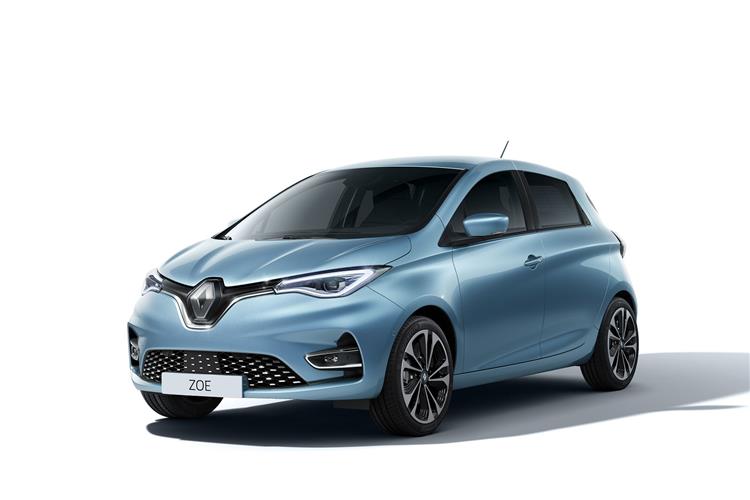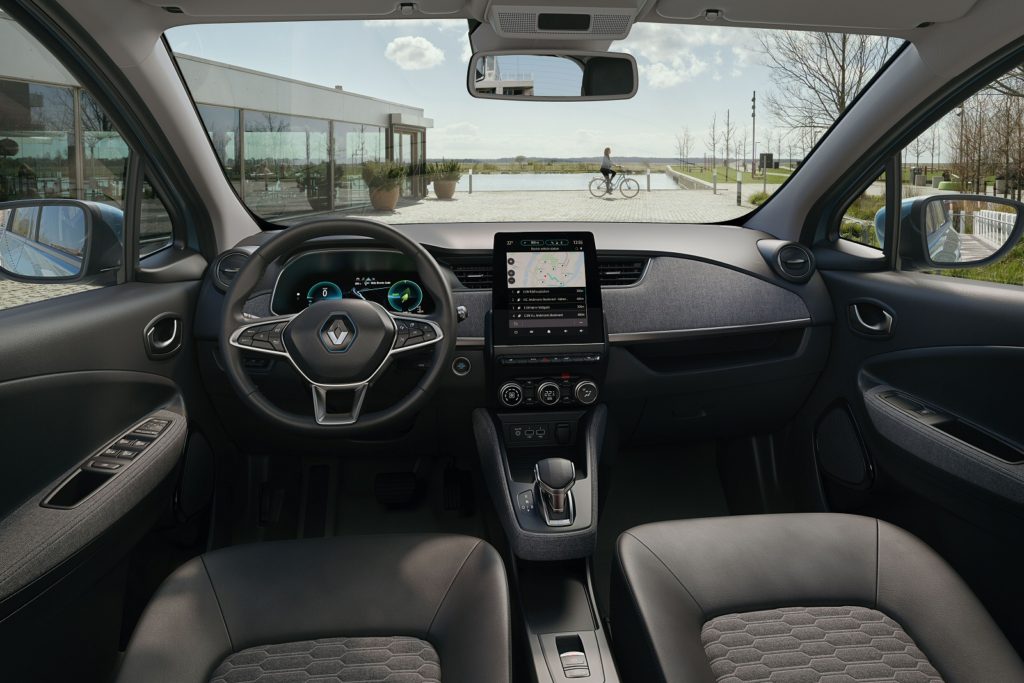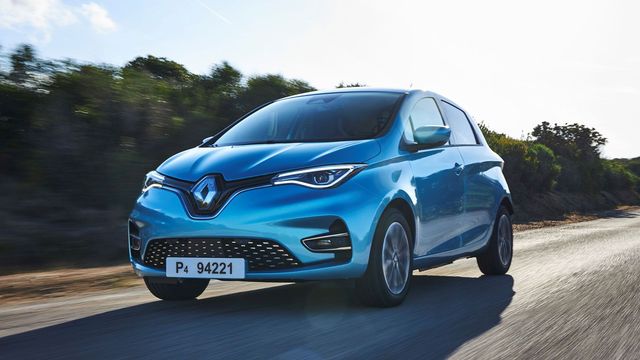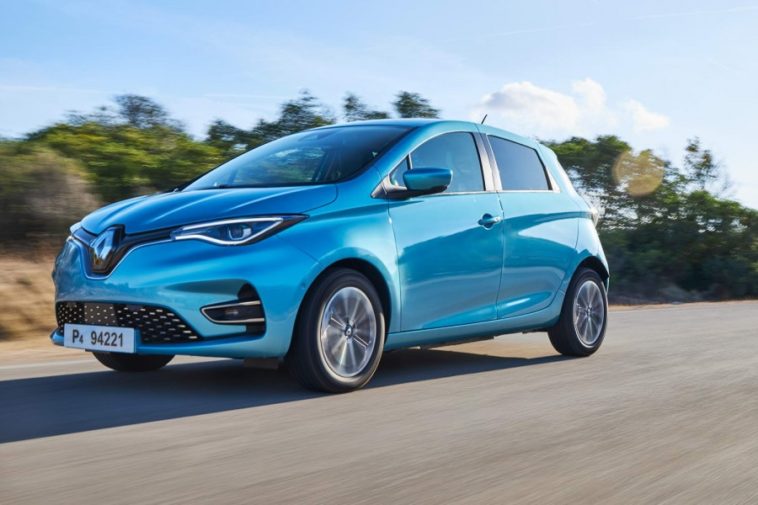The GT Line comes with a 9.3-inch infotainment touchscreen rather than the standard 7.0-inch screen but all versions are fitted with a 10-inch digital instrument panel.
All the tech is straightforward to use and Renault ticks a box for me by fitting rotary controls for the heating and other regularly used features, and it has steering column-mounted volume buttons for the audio.
Apart from a synthetic whirring noise that warns pedestrians of your approach (it cuts out at 20mph), progress in the Zoe is very quiet.
Extra sound deadening has been added to this 2020 model that reduces the road and wind noise even further.

It’s a nice way to travel. The 0-62mph time with the R135 motor is 9.5sec compared to 11.4sec with the R110 motor.
You do lose a bit of range with the more powerful motor but the extra acceleration makes itself felt.
The Zoe Iconic, which as we’ve pointed out is available with either motor, costs 36.200 USD with the R110, and 36.800 USD with the more powerful unit.
According to Renault’s research, 90% of charging happens at home or work and only 3% is done at public points.
Since the Zoe is at its best as urban transport this makes a lot of sense.
As charging goes, the Zoe should be up to 80% full in about 40 minutes, but after half an hour only about 25 miles had been added to the car’s range in tests.

The trouble is, the Zoe has an air-cooled battery and although it has a capacity to charge at 50kWh, the system will throttle itself back if it detects the battery is in danger of overheating.
With a wall box at home, the latest Zoe would be very easy to live with. The improvement in quality has made a difference and the range now removes all hint of battery anxiety.
It’s a practical and useful urban runabout that’s more than fast enough if you select the more powerful motor.




